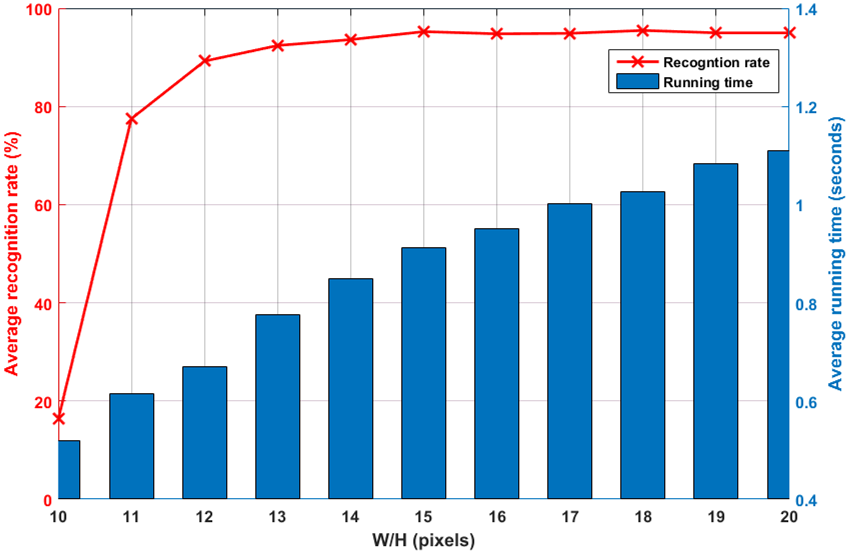Yet, up to our knowledge, few published works mentioned how to handle the multicollinearity problem among the feature components, leading to room for further improvement in the accuracy of the multi-spectral palmprint recognition techniques.
The multicollinearity is a phenomenon in which one predictor variable in a multiple regression model can be somehow predicted from the others, resulting in model distortions.
For example, in a model predicting human sex with height, weight and age, since the height and weight predictors are positively correlated (taller people are often heavier than the shorter), the model is very likely to distort.
Within the multi-spectral palmprint images, the most useful feature information is usually concentrated in some key zones rather than distributed evenly, making the feature components- pixel values-correlated. For this issue, researchers re-established the single-band recognition model by using partial least square regression algorithm to handle the multicollinearity problem by quantifying the relationship among the predictor variables. Next, the recognition results of each light band are fused in the scoring level to ensure the independency of every band channel and avoid information loss during the band fusion.
In experiments, the recognition rate of a single-band model was higher than 90% even if the image resolution was quite low (13x13 pixels) (Figure 2), demonstrating high reliability. After band fusion, an extremely high accuracy, 99.9%, was achieved, and the running-speed of its optimized hardware implementation was around 0.73 ms per input sample.

Figure 2. Plot of recognition rate and running time over multispectral cube dimension. (Image by IOA)
Compared to the conventional methods, the advantages of this newly proposed algorithm include high accuracy, high parallelism, and low resource cost.
Reference:
LI Chao, BENEZETH Yannick, NAKAMURA Keisuke, GOMEZ Randy, YANG Fan. A Robust Multispectral Palmprint Matching Algorithm and Its Evaluation for FPGA Applications. Journal of Systems Architecture(Volume 88, August 2018, Pages 43-53). DOI: 10.1016/j.sysarc.2018.05.008.
Contact:
WANG Rongquan
Institute of Acoustics, Chinese Academy of Sciences, 100190 Beijing, China
E-mail: media@mail.ioa.ac.cn